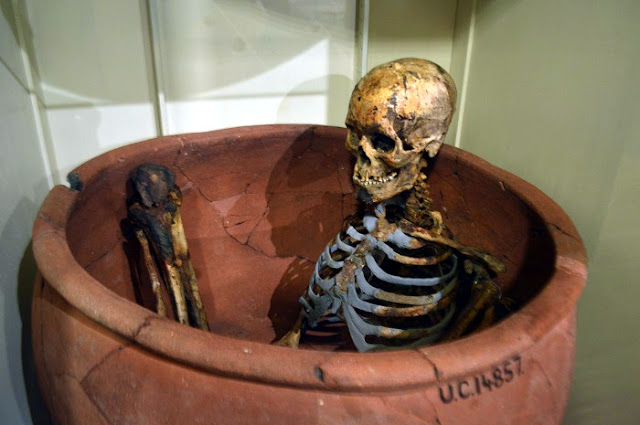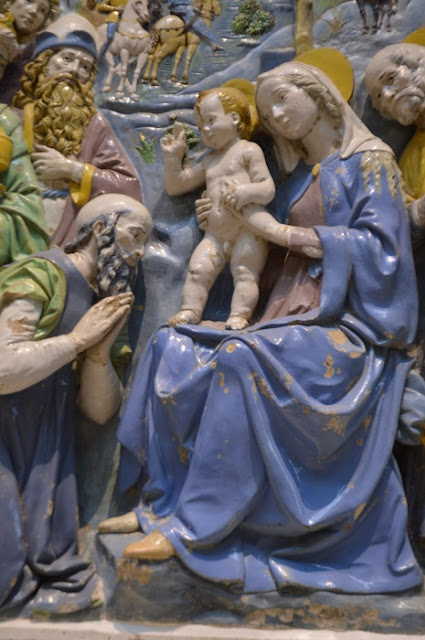The Dacre Beasts

< Table of Contents The Dacre Beasts are relative newcomers to my personal cultural horizon (read: I’ve only recently encountered them). They are believed to have been crafted between 1509 and 1547, during the reign of Henry VIII, probably for Thomas, Lord Dacre (1467-1525) or his son William, 3rd Baron Dacre (1493-1563). Interestingly, all four figures are believed to have been carved from a single oak tree. These, apparently, unique survivors of English heraldic woodwork were installed in the great hall at Naworth Castle in Cumbria, where they remained until purchased by the V&A in 2000 (in lieu of inheritance tax). The castle was ravaged by fire in 1844 and although the beasts survived unscathed, they were repainted soon after, possibly following the original colour scheme. The banners were added around 1849. The beasts (each nearly 6ft tall) are intended to represent heraldic supporters of the Dacres and other families related to them through marriage. ...


